I'm writing a software renderer which is currently working well, but I'm trying to get perspective correction of texture coordinates and that doesn't seem to be correct. I am using all the same matrix math as opengl for my renderer. To rasterise a triangle I do the following:
transform the vertices using the modelview and projection matrixes, and transform into clip coordinates.
for each pixel in each triangle, calculate barycentric coordinates to interpolate properties (color, texture coordinates, normals etc.)
to correct for perspective I use perspective correct interpolation: (w is depth coordinate of vertex, c is texture coordinate of vertex, b is the barycentric weight of a vertex)
1/w = b0*(1/w0) + b1*(1/w1) + b2*(1/w2) c/w = b0*(c0/w0) + b1*(c1/w1) + b2*(c2/w2) c = (c/w)/(1/w)
This should correct for perspective, and it helps a little, but there is still an obvious perspective problem. Am I missing something here, perhaps some rounding issues (I'm using floats for all math)?
See in this image the error in the texture coordinates evident along the diagonal, this is the result having done the division by depth coordinates.

Also, this is usually done for texture coordinates... is it necessary for other properties (e.g. normals etc.) as well?